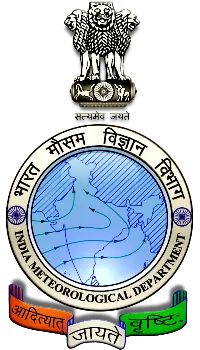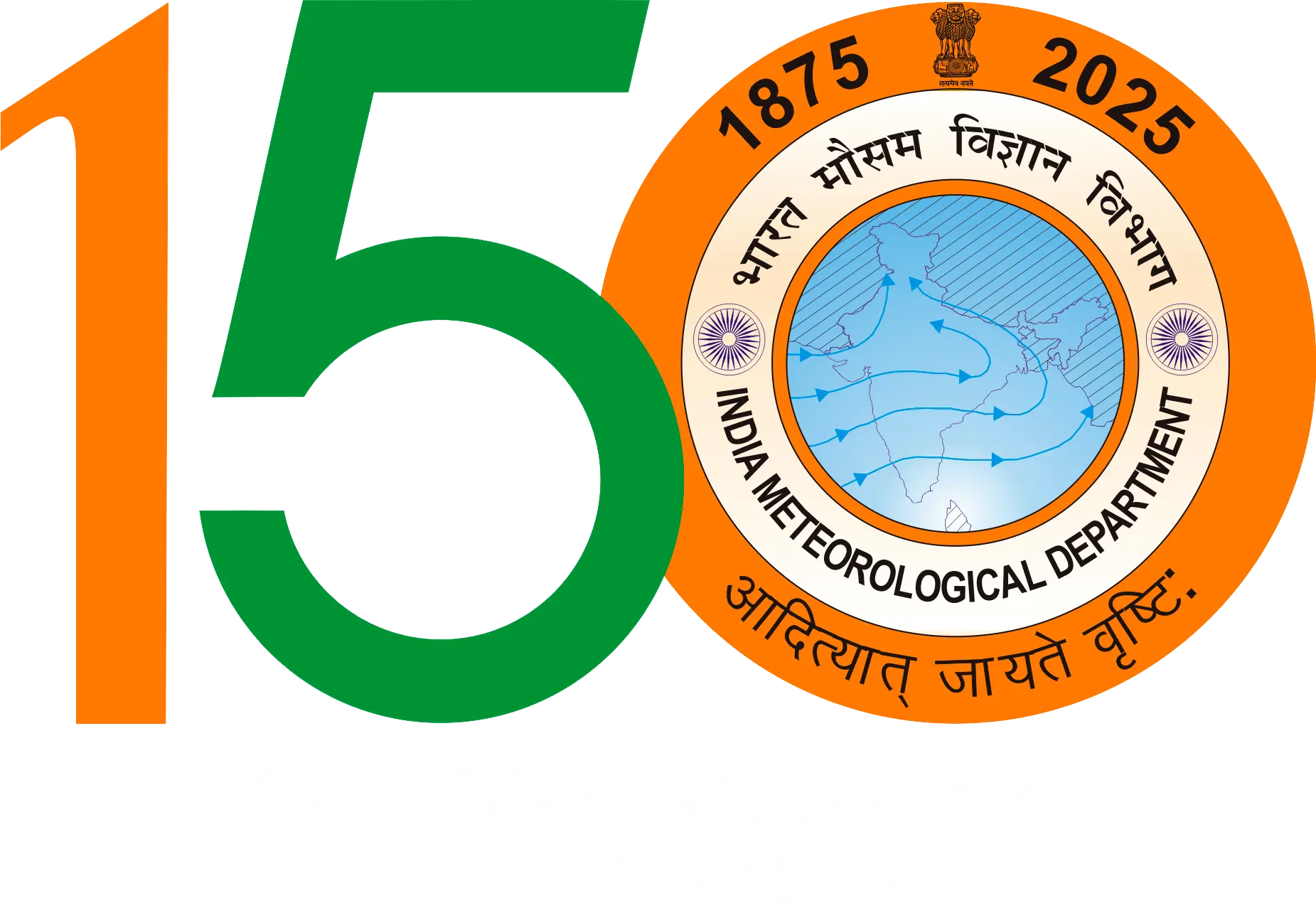Upper Air Meteorological Instrumentataion
India belongs to that select group of countries who manufacture their own upper air and surface instruments. This is done by the meteorological department through in-house production facilities.
The Office of the Dy. Diretor General of Meteorology (Upper Air Instrument), New Delhi, consisting of Hydrogen Factory at Agra and Laboratories and Workshop at New Delhi, is responsible for co-ordination of all technical aspects related in the field of upper air instrumentation. IMD's present Upper air observational network comprises 39 radiosonde and 62 pilot balloon observatories spread all over the country. The systematic upper air observations began in the Department in 1905 at Shimla. An upper air observatory was started in 1912 at Agra. IMD manufactures its own radiosondes at its workshop in Delhi. IMD also supplies radiosondes to other agencies. The Hydrogen gas is produced at Agra for Radiosonde observations. Also, Research and development for improving the quality of upper air data is an on-going process at IMD.
Weather Radar Network of India Meteorological Department
Radars are used in IMD for detection of various weather systems like, thunderstorms, hailstorm and tracking of cyclonic storms. They are also used in rainfall estimation and hail warning. Various meteorological, hydrological and aviation products generated from Doppler weather radar data using are extremely useful to the forecasters. Radars helps to estimate the storm's intensity, location and in forecasting its future path for safe navigation of aircrafts and ships. IMD has upgraded the conventional radars in the observational network with Doppler radars using digital technology. Indigenous efforts were also made to design and develop advanced Radar technology for cost effectiveness and self reliance. Under an MOU with ISRO, DoS, one S-Band, Doppler weather radar was designed, developed and installed at Sriharikota in 2004. In 2007, under Modernization of IMDs observational network 13 old and obsolete analogue radars were replaced with Doppler Weather Radars (DWRs). In second phase of Modernization plan of IMD, 30 DWRs are proposed to be procured and installed at various locations throughout India. There is a separate plan to install 9 DWRs at hilly region under the scheme "Integrated Himalayan Metrology Programme" for western and Central Himalayas. One X-band DWR is under installation at Srinagar to cater the needs of Amarnath Yatra. The existing Doppler weather radars have also been networked to provide data for numerical weather prediction models for nowcasting. Thus Radar network is playing significant role in the modernization of IMD's observational and forecasting systems.




